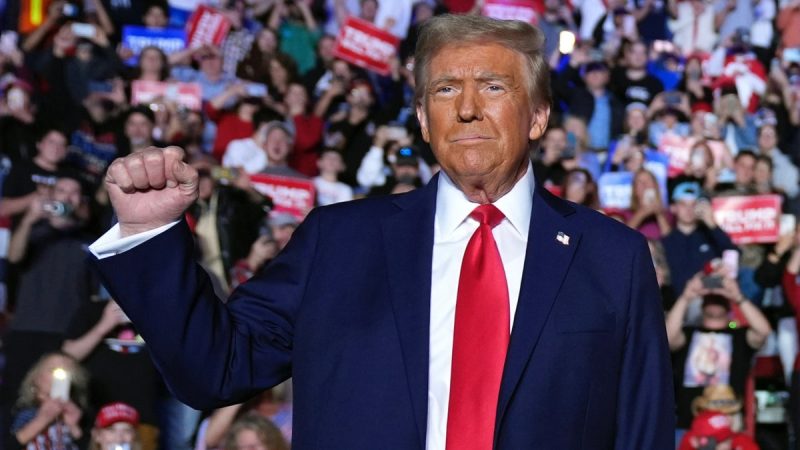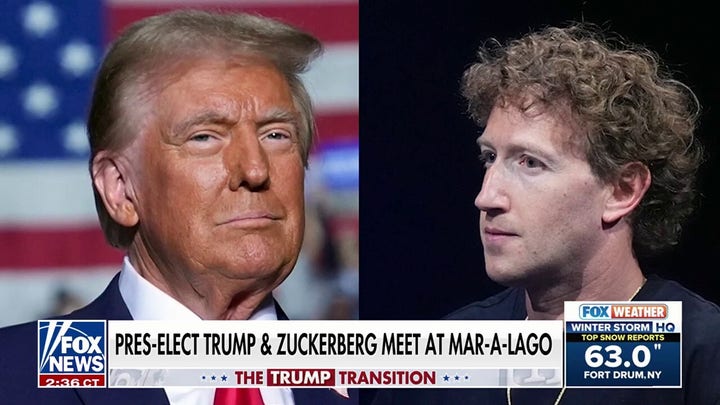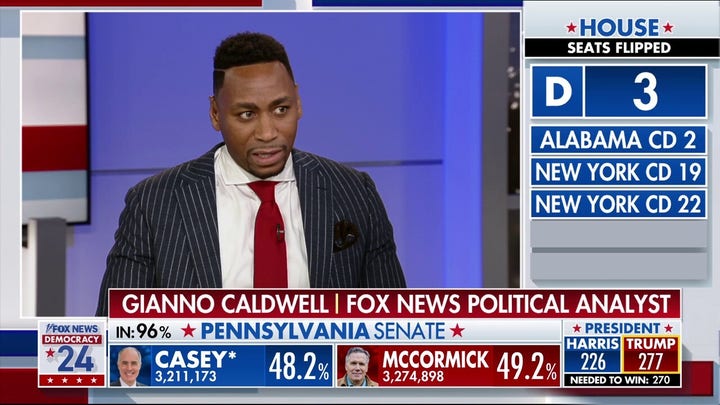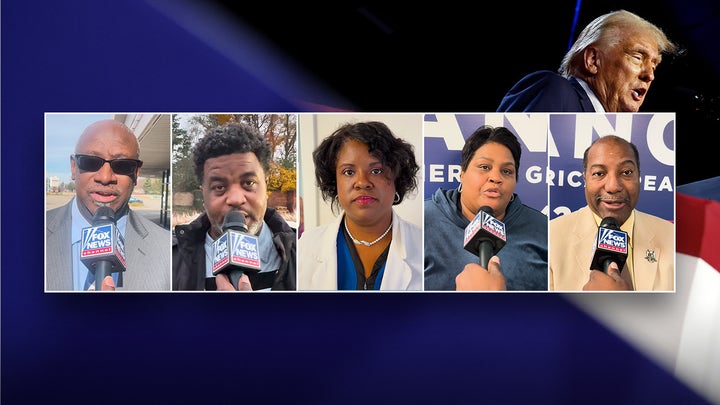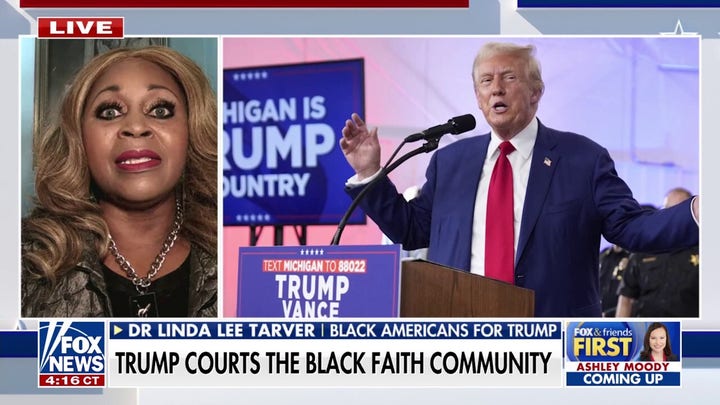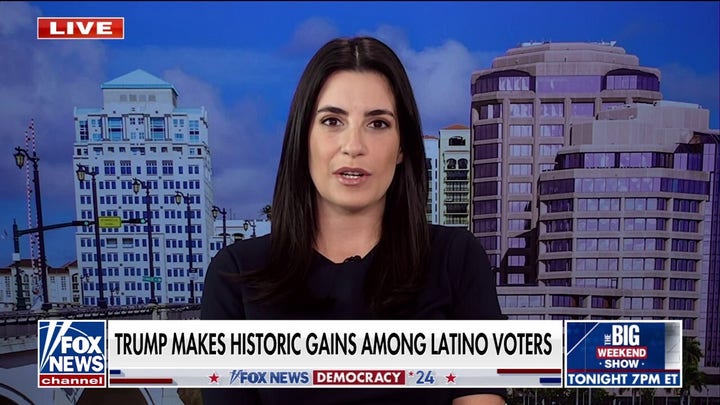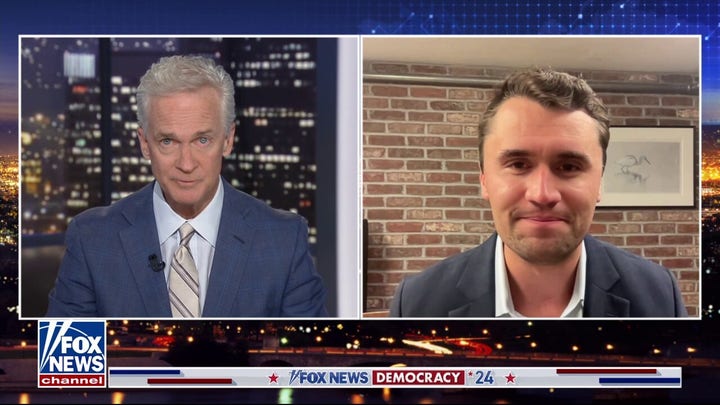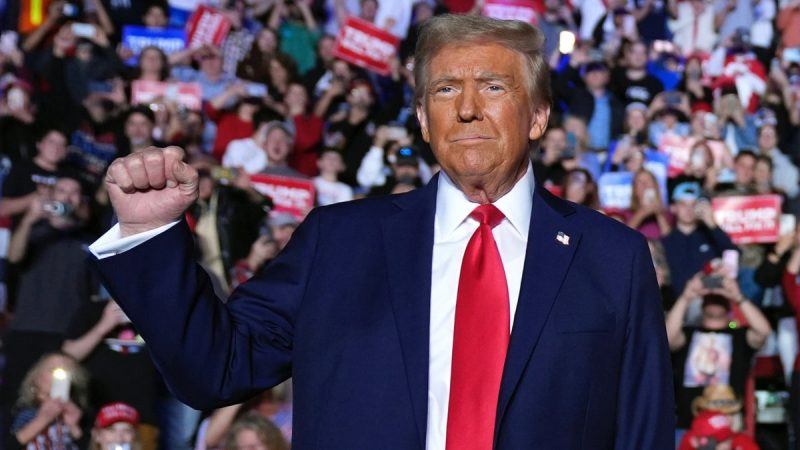
Even before he takes the oath of office next week, Donald Trump has already accomplished the most incredible comeback in American political history.
In the space of four years, he’s gone from being universally banned by Facebook, Twitter, YouTube, Spotify, Snapchat, Instagram, Shopify, Reddit, Twitch, TikTok and Pinterest to most of these companies donating to his inaugural celebration and their CEOs clamoring for invites to dinner at Mar-a-Lago with him.
Trump’s 2024 election, I predict, will still be written about as an epochal event in American history long after everyone reading this today is long gone.
But that’s for future historians to decide.
For the present, Trump’s done something even more remarkable than engineer a 312 electoral vote landslide comeback that will be talked about for generations. His monumental 2024 presidential win has done something Trump’s most ardent critics never believed was possible – he’s produced the least racially polarized presidential win since before the Civil Rights Movement.
Let me repeat that because it’s such a staggering and monumental achievement – Trump’s 2024 presidential victory is the least racially polarized presidential election win since Lyndon Johnson’s in 1964.
That is, White, Black, Asian and Hispanic voters cast ballots that were less racially divisive than at any moment, nearly, in the lives of anyone reading this column today.
Yep, unless you were born in 1946 or before, you’ve never voted in a presidential election where the races were less divided, where Americans of all colors were more similar in their voting habits.
Not Ronald Reagan in 1984, not Barack Obama in 2008, Trump’s win in 2024 brought the races closer together than any election in 60 years.
Doesn’t it seem like this fact should be everywhere?
Yet, astoundingly, I bet many of you haven’t heard or read any discussion of this at all.
That’s because there is often far more money to be made tearing us apart than celebrating how similar we all are.
Indeed, Trump’s popular vote coalition may be the most remarkable achievement of his entire political career and it offers an incredible moment of optimism for those of us who have grown accustomed to constant rancor and division.
With a surge in Hispanic, Asian and Black support, Trump moved all 50 states red, won all seven battleground states, and drove a stake into the toxic cancer of identity politics, the root cause of so much hate and division in our country, hopefully once and for all.
How did this happen? How did the man most in the legacy media have spent nine years attacking as America’s own version of Adolf Hitler manage to bring so many different people from so many different racial backgrounds into his coalition?
I think the answer is simple: many people of all races came to see the lies they’d been told by the legacy media. Many of these voters weren’t just voting for Trump, they were specifically voting against the very people who gave us the Charlottesville hoax and the censorship of the truth during COVID. Trump’s win was a statement in support of free speech and the marketplace of ideas.
It was, of course, also an overwhelming rejection of President Biden’s economic policies, of our wide open border, and of a rise in violent crime and lenient treatment for those guilty of violent crime.
As I’ve been saying for some time, this was an EBC election, economy, border and crime.
Everybody, regardless of race, cares about pocketbook issues, the rule of law, and locking up violent criminals.
How else to explain the dramatic growth in Trump voting support? Remember, back in 2016 Trump won the election with 65.8 million votes. By 2024, he would receive 77.3 million votes. So during a nine-year period when the legacy media mercilessly attacked him and claimed he was HItler, Trump gained roughly 12 million votes.
Where did most of these votes come from?
The data tells us – minorities and young men.
Consider, in 2020 – according to the Wall Street Journal, citing AP votecast data – Joe Biden won Black voters by 83 points. By 2024, Kamala beat Trump by just 67 points among Black voters. That’s a net move of 16% of Black voters toward Trump, a seismic shift in a short period of time.
Hispanic voters moved in Trump’s direction in a massive way too.
In 2020, Joe Biden won Hispanic voters by 28 points. By 2024, Kamala’s margin was just 14, a net gain of 14 points for Trump.
Since 2020, Asian voters, similarly, according to Edison Research, have moved from voting for Biden by 27 points to voting for Kamala by 15 points in 2024, a net gain of 12 points for Trump.
In an election where each side often fights for a point or two on the margins, a double-digit increase in Black, Hispanic and Asian voters for Trump is a political earthquake.
And where did many of these gains come from for Trump? With young men ages 18 to 29 who voted for him by a whopping 14 points. That’s a huge victory for Trump by any measure, but it gets even more staggering when you consider that Biden won men 18-29 by 15 points in 2020. So young men moved 29 points toward Trump in just four years.
Putting this into further context, the two most conservative voting groups in America by age in 2024 were men 65 and older and men 18-29 – both of those groups backed Trump by margins of more than 14.
What explains this sudden alignment between older and younger men? Especially since older men tend to be much less racially diverse than younger men?
It’s simple, young men of all races are overwhelmingly rejecting woke culture and voting in a similar direction across racial lines.
That is, the identity politics era, especially for young men, is over.
They recognize, better than most, the lies they’ve been fed.
Indeed, data suggests young men 14-17 years old, the next age cohort that will be eligible to vote in 2028 are even more conservative than their older brothers. Republicans, if they run a strong campaign in 2028 and deliver on economic promises, stand to increase margins among these voters.
There’s been much discussion about how this surge in young male support came to happen – a focus on male-focused podcasts and sports, for instance, by the Trump campaign – but less discussion about what it means when it comes to the racial polarization of America, namely it’s all collapsing.
The race baiters who constantly seek to divide us based on the color of our skin are losing in the marketplace of ideas.
Americans of all races are rejecting their arguments and their divisive tactics.
At long last we are moving closer toward Martin Luther King Jr.’s dream of a free and equal society that isn’t defined by race.
I could write an entire book on this election’s seismic impact – and maybe, I should, but that’s for the future.
For now, as Trump prepares for his inauguration on Jan. 20, what I’d like for all Americans, regardless of race, to know is that at long last, it has been three generations since the racial divide was less pronounced in American presidential politics.
So as the inauguration nears, I’m incredibly optimistic about what Trump will accomplish for all of us, but even more astounded by what he’s already done – bringing the races closer together than we’ve been in three generations.
That doesn’t mean America’s perfect, but it certainly does suggest that we are continuing to form a more perfect union where all of us can be judged by the content of our character and not by the color of our skin.

